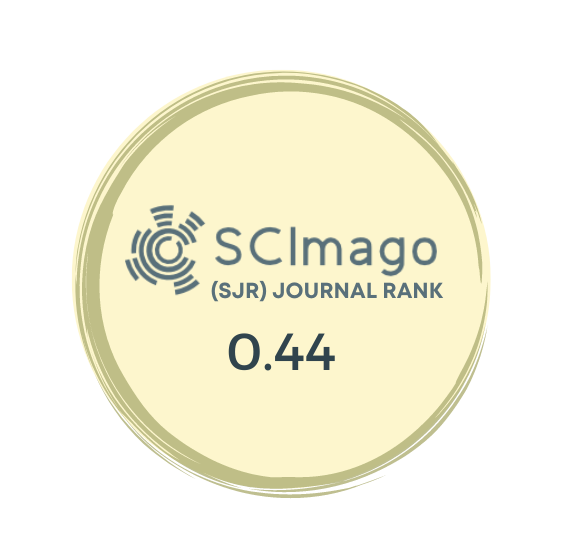Objective: This study aimed to determine the effectiveness of calcium phosphate cementing in the surgical treatment of Sanders type II and III calcaneal fractures using screw fixation with sinus tarsi approach.
Methods: In this retrospective study, 85 feet of 84 patients (74 males, 10 females; mean age 43 [17-61] years) in whom screw fixation was performed using the sinus tarsi approach for Sanders type II or III calcaneal fractures were included. The mean follow-up was 28 (14-39) months. Patients were categorized into 2 groups on the basis of whether calcium phosphate cement (CPC) was used. Group 1 had 37 patients with CPC (38 calcaneal fractures) and group 2 had 47 patients without CPC (47 calcaneal fractures). In the clinical assessment, the American Orthopedic Foot Ankle Society (AOFAS) hind foot score and the Maryland Foot Score (MFS) were used at the final follow-up. In the radiological assessment, Bohler’s angle on plain radiograph and posterior facet step-off on computed tomography were measured pre-and postoperatively.
Results: At the final follow-up, the mean Bohler’s angle was 26.2° (20°-33°) in group 1 and 26° (17°-30°) in group 2 (P = 0.85). The mean posterior facet step-off was 1.6 (0-5) mm in group 1 and 1.5 (0-5) mm in group 2 (P = 0.85). The mean AOFAS score was 83.8 (59-100) in group 1 and 85.8 (60-100) in group 2 (P = 0.5). The mean MFS was 86.3 (66-100) in group 1 and 87.7 (66-100) in group 2 (P = 0.62).
Conclusion: Evidence from this study have shown that CPC may have no significant effect on clinical and radiological outcomes in the surgical treatment of Sanders type II and III calcaneal fractures using screw fixation with sinus tarsi approach.
Cite this article as: Kayalı C, Ozan F, Altay T, Karahan HG, Yamak K, Özdemir S. Efficacy of calcium phosphate cementing in the surgical treatment of Sanders Type II and III calcaneal fractures using screw fixation with sinus tarsi approach. Acta Orthop Traumatol Turc. 2021; 55(3): 265-70.


.jpg)
.png)

.png)
